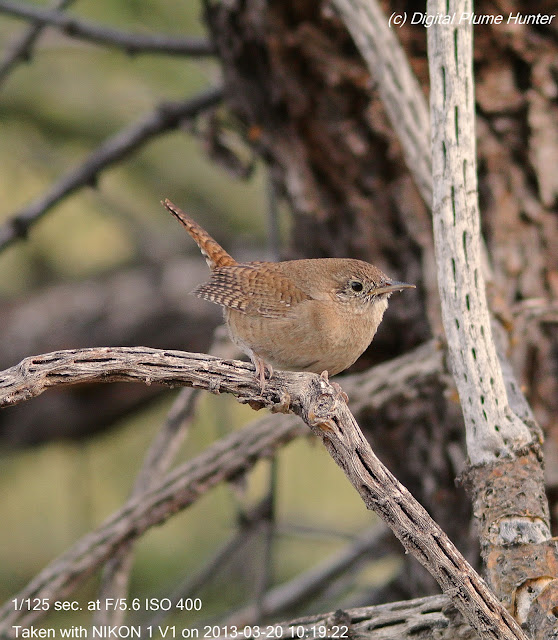If one looks at the range map for Rufous-winged Sparrow, one finds that this New World sparrow has 95% of its range in Northern Mexico and the remaining 5% extends into a a tiny sliver into Southern Arizona. Indeed, it is not found anywhere else other than a few counties in that state (Pima, Cochise, and Santa Cruz).
This is a pale sparrow with a rufous crown, long tail, 2 mustache stripes on either side of the face, and a rufous partial eye-stripe.
Rufous-winged Sparrow was discovered by Major Charles Bendire, a noted naturalist-soldier in the US Army. Charles Bendire, born in Germany (as Karl Emil Bender), sailed to the US at 17 years of age and enlisted in the US Army a year later (as Charles Bendire). Decorated for gallantry in the Civil War, Bendire spent most of his time in Arizona, California, Idaho, New Mexico and Washington helping expand and consolidate US control while also extirpating native Americans; a job which, over the course of the 32 years of his service in the Cavalry, exposed him to the wonders of nature and where he developed an intense and addictive love for birds.
Bendire discovered the rufous-winged sparrow in 1872 near Tucson; in a couple of decades, the sparrow was eliminated from the region due to overgrazing. It began to recover starting in 1936 and its current population trends are stable.
Black-tailed Gnatcatcher is another range-restricted species -- found in a thin band largely parallel to the border with Mexico (and also stretching North into Southern Nevada).
Other birds observed in the area included:
Broad-billed hummingbird.
Black-throated sparrow -- conspicuously perched and singing this time of year.
Curve-billed thrasher were calling too:
.. their "wit-weet" calls resounding in the morning.
A Greater Roadrunner found foraging in the morning.
And a House Finch was found sunning itself.
Elsewhere, near the dam, a house wren was singing:
This bird is presumed to be heading North in its migration.
Phainopepla were also conspicuous, such as this male:
And, of course, Verdin were out and about:
Two range restricted species, the rufous-winged sparrow and the black-tailed gnatcatcher can be found thriving in Sabino Canyon. Their sightings coupled with those of the other common species, guarantee a memorable morning of birding.

















No comments:
Post a Comment